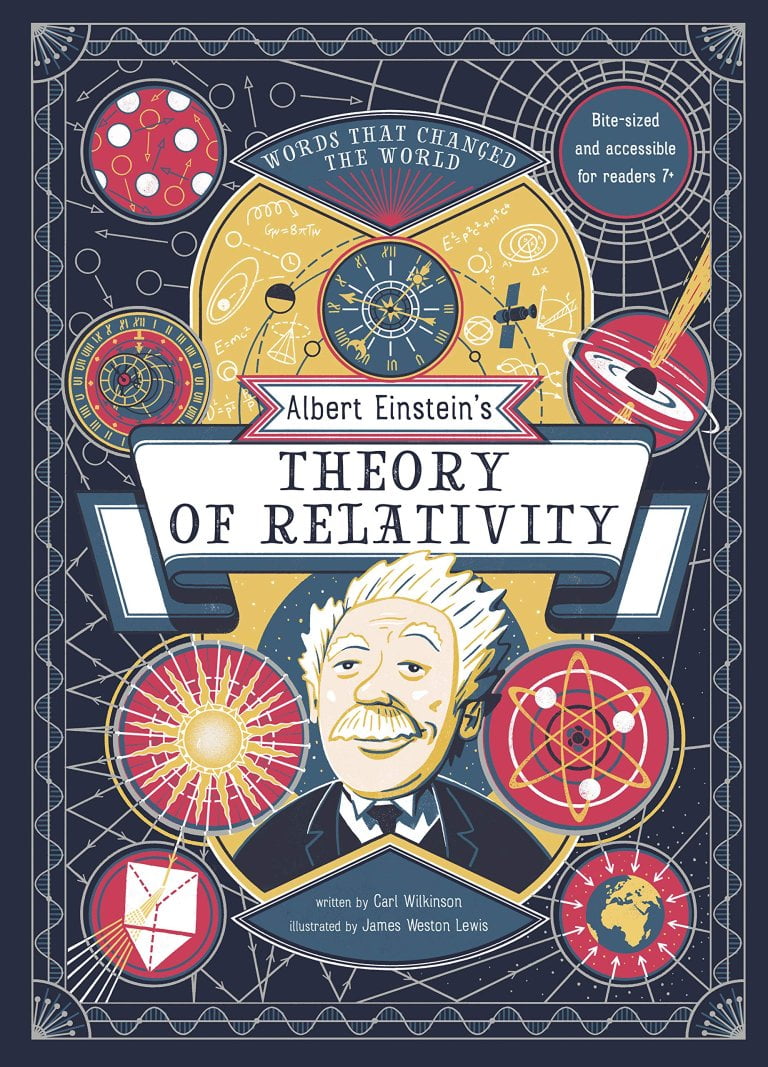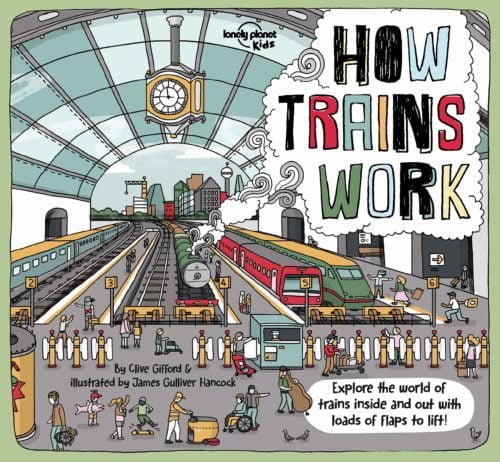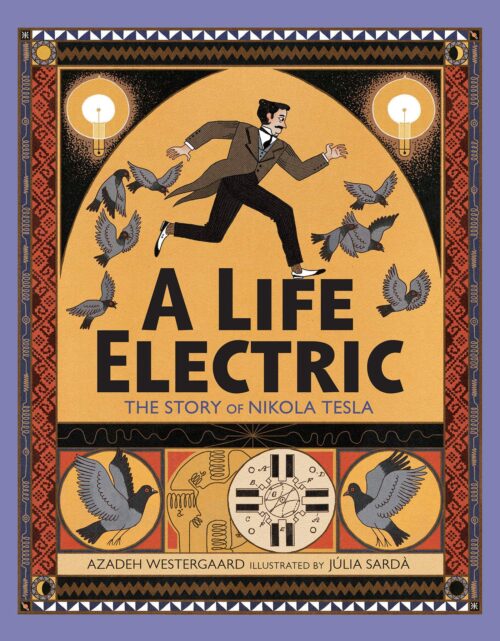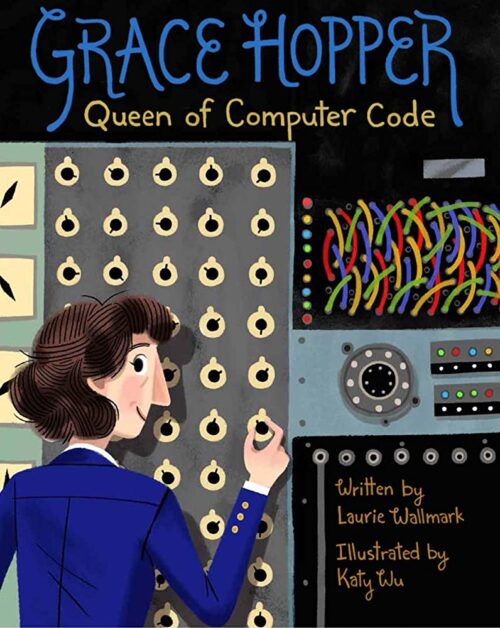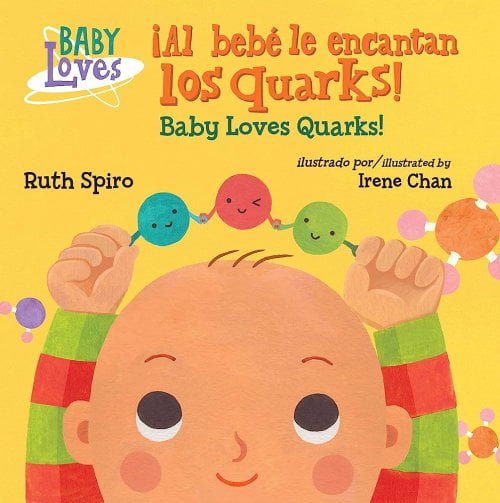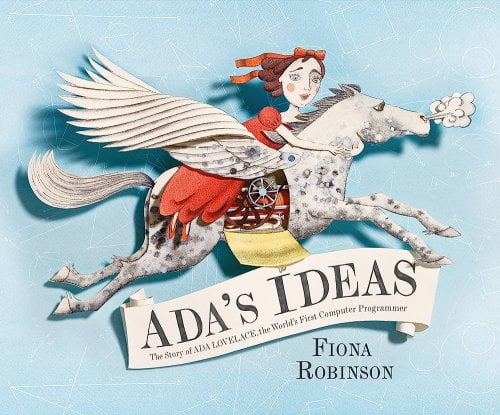Albert Einstein is widely regarded as one of the greatest minds in history and is often associated with his work on the theory of relativity. However, understanding this concept can be quite difficult, especially for those who are not well-versed in physics. Fortunately, a book titled “Albert Einstein’s Theory of Relativity” by Carl Wilkinson has been published to help readers better understand this complex idea.
One of the most impressive aspects of this book is that it makes complex physics concepts understandable. The author, Carl Wilkinson, breaks down difficult ideas into more manageable terms while James Weston Lewis’ illustrations make it clear and attractive. The result is a book that is interesting and engaging for readers at all levels.
In addition to explaining relativity theory in detail, “Albert Einstein’s Theory of Relativity” also provides historical context for Einstein’s discoveries. It showcases his imaginative brilliance and highlights how he was able to think outside the box to reach groundbreaking conclusions about space-time and gravity. Quotes from Einstein are also included throughout “Albert Einstein’s Theory of Relativity”, demonstrating the importance of original thinking in science.
Another notable feature of “Albert Einstein’s Theory of Relativity” is its discussion of other physicists who contributed to quantum physics. This adds depth to the book and helps readers understand how different ideas came together to create our current understanding of physics. However, there is one error where Otto Hahn was mistakenly given credit for Lise Meitner’s discovery of nuclear fission using Einstein’s famous equation.
Despite this error, the book as a whole is highly praised for making complicated concepts accessible and inspiring young scientists. It would be beneficial if future editions acknowledged the contributions of women in science like Lise Meitner whose work was crucial in developing our current understanding of nuclear fission.
In conclusion, “Albert Einstein’s Theory of Relativity” is an excellent resource for anyone interested in physics, particularly those who may find the subject daunting. The book breaks down complex concepts into manageable terms and provides valuable historical context for understanding Einstein’s discoveries. While there is one error to note, the book is still highly recommended for its ability to inspire young scientists and make physics accessible to all.

